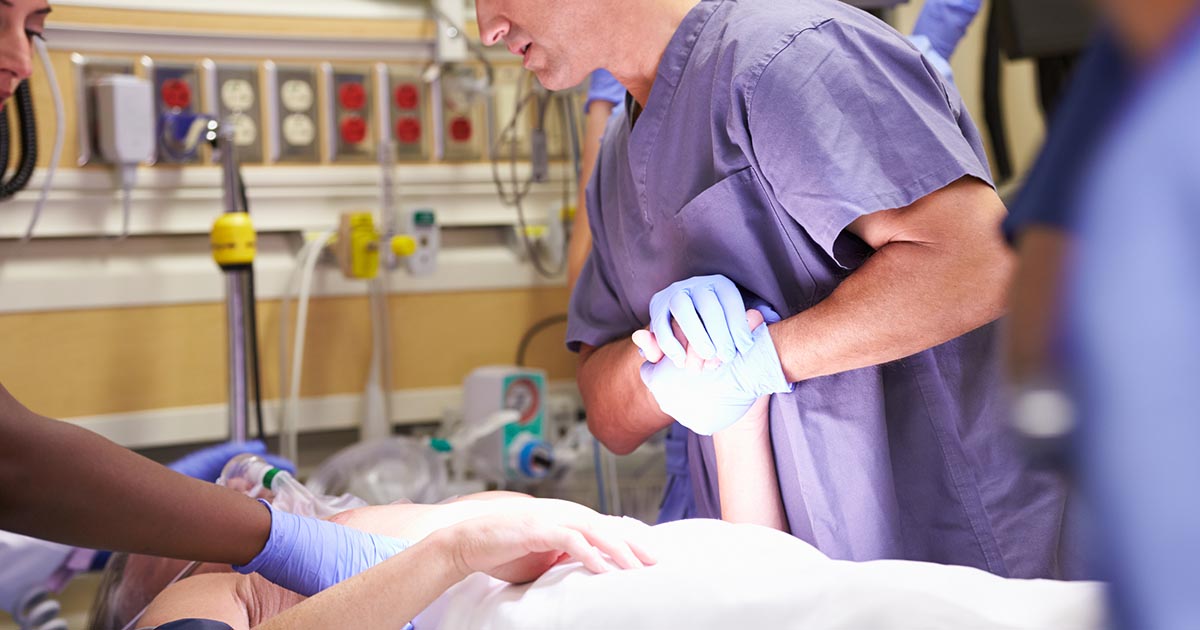Treatment Options For Gastroparesis
Surgical Intervention

If the cause of this condition is due to a vagus nerve injury, doctors may suggest surgical intervention in the form of a pyloroplasty. Between the small intestine's duodenum and the stomach's pylorus is the pyloric sphincter, which acts as a valve that controls how much food flows between these two digestive system components. The vagus nerve plays a role in this valve's function, so damage to it can interfere with the stomach muscles' ability to contract efficiently. This surgical procedure allows faster stomach emptying by relaxing and widening the pyloric sphincter.
To see if the patient may benefit from this surgery, the doctor might first inject the sphincter with Botox to relax and paralyze it temporarily. If this injection does help to improve the patient's symptoms, there is a strong chance pyloroplasty will be effective in alleviating their gastroparesis symptoms over the long term. This procedure can be done laparoscopically or as open surgery.
Gastric Electrical Stimulation

Food moving significantly slowly through the stomach is what causes gastroparesis symptoms but stimulating the stomach muscles may allow food to move more efficiently through the stomach and into the small intestine. With this treatment option, patients receive a device implanted into their body, which is what stimulates the muscles. For most individuals who have this condition due to diabetes, this treatment appears to be beneficial even though studies show mixed results.
While larger studies are necessary, the Food and Drug Administration does let doctors implant this device using the exemption for compassionate use. However, only patients who have severe symptoms uncontrolled by medications or diet changes usually qualify. A similar device, called gastric pacing, is currently in the clinical trial phase. The general premise is the same as it also stimulates the stomach muscles, but researchers hope the contractions it produces will be closer to normal stomach contractions compared to gastric electrical stimulation.
